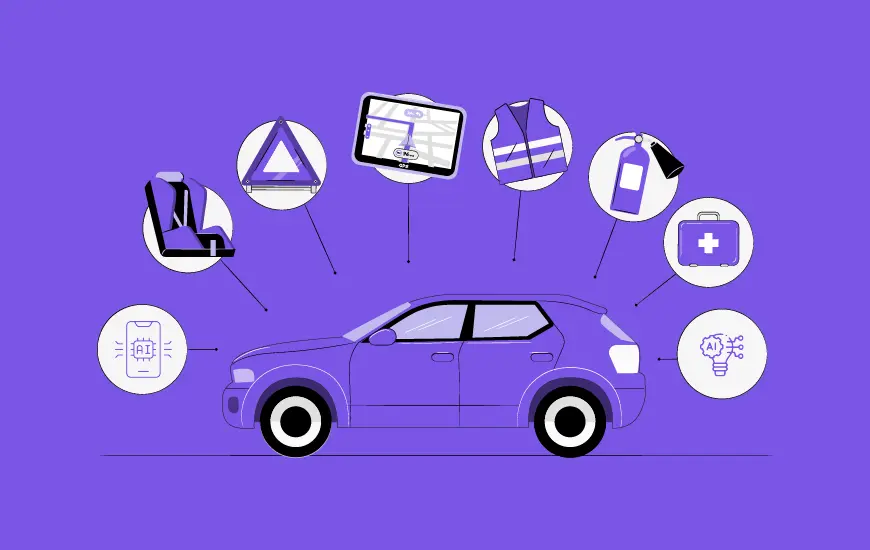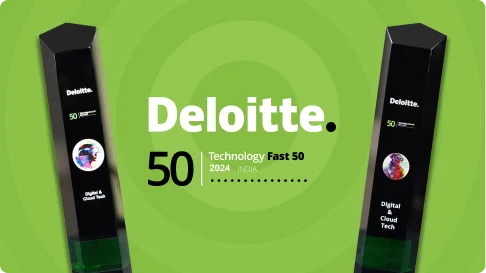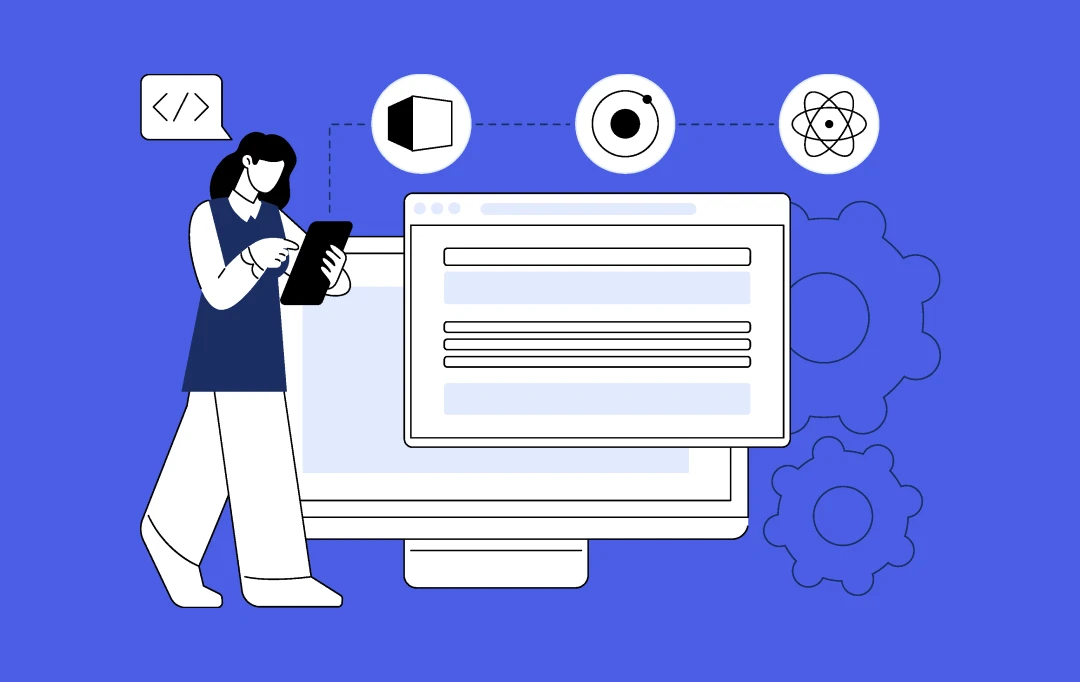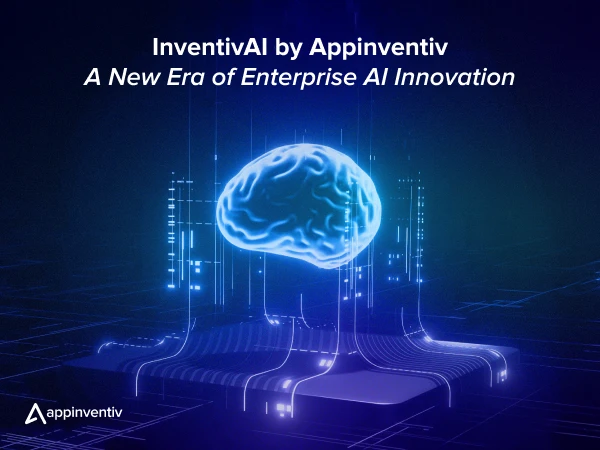Self-driving cars are about to change the way people live and work, achieving a better quality of life and we see cars that are becoming smarter by the day.
The self-driving cars (SDVs) are known as autonomous vehicles and are about to change the way people live and work, achieving betterment of their lives. Urban mobility happens to be the most common problem occurring in cities today.
Since the start of industrial revolution, quite a lot depends on the way we move around our cities as that has shaped the quality of our lives to a considerable extent. There is a revolution in the concept of urban mobility in the next twenty years or so. Changes are brought to urban mobility in a way, that was unimaginable so far. Typical issues that are dealt with are congestion, pollution and parking.
The concept of self-driving cars are gaining momentum and are there are many giant technology companies which are fast adopting the technology. Cars are getting smarter day by day. There are many advantages of using the self-driving cars such as lower cost, lower pollution, higher traffic efficiency and improved productivity levels. On account of the self-driving cars there can be a 60 % reduction in the number of cars plying on the city roads. 80 % or more reduction in tailpipe emissions and lower number of road accidents. So, we see the technology giants like Uber, Tesla and Google are constantly driving the technological advancement for a gradual unfolding of the revolution.
Layers in the Technology like Self Driven Cars Stack of Urban Mobility
Here are the layers on which urban mobility is based on.
- Physical Infrastructure Layer
- Rules Layer
- Vehicles
- Rider Interface Layer
Physical Infrastructure Layer
This is what composes the base. The entire network of roads, bridges, train stations, subways, bus stops and the parking lots is part of this layer. There is not much of a change in this infrastructure layer, for older cities like London or New York.
Rules Layer
Another layer that has remained static over the years is the rules layer. It comprise of license and permits, bus schedules, prices and speed limits. So, whether it is speed limit or the parade permits, it remains the same, over the last 50 years.
Vehicles
There are a number of incremental changes for whatever be the vehicles, the trains, cars, motorbikes, subways and bicycles.
Rider Interface Layer
This is the top of the stack. This is where the revolution on urban mobility got started. In the past few years we see more and more people who have started using services like ride sharing apps on the smartphones and planned commute route through GPS.
Changes that will Happen in the Layers in the Future
The physical layer will undergo slower adaptations. Some of the evolved changes to be seen are express lanes, stopless junctions, new vehicle form factors and smoother interfaces between mass transit modes and the personal ones.
Changes will be seen in the rules layer, from static to a more dynamic stage. The days of understanding transit regulations will be over and there will be a common OS for vehicles, riders and infrastructure. It is this OS that will encompass the dynamic lane directions, junction management, access rights as well as pricing, payments and interfaces between the various modes of transport. Smarter ways of solving transport problems will emerge instead of the odd-even formulae or the congestion charges. Vehicles will be routed based on lower emissions at a particular place.
In the vehicles layers we will see a tectonic change. Tesla, Google and Uber are already experimenting on the autonomous cars that will ride the streets of tomorrow. The vehicles layer will see the advent of connected cars, driverless and the electric cars.
Another point that is worthwhile to mention is how Big Data will have a considerable impact on the urban mobility space. The smartphones that we use are increasingly becoming the storehouse of huge amount of data. Accurate and real-time data will be delivered by the sensors and the smartphone-based systems that will form the basic foundations of the urban mobility planning, bringing about a vast shift in the way municipalities worked in the past. This change will be made possible through gathering the Big Data, measuring and analyzing it.
Appinventiv is a widely preferred mobile app development company as developers of the firm leaves no stone unturned in developing high-performance apps by making optimum utilization of advance technologies.


- In just 2 mins you will get a response
- Your idea is 100% protected by our Non Disclosure Agreement.

A Mini-Guide on Go Programming Language
Whenever we talk about the top programming languages to consider in the development ecosystem, the first few names that strike are Java, Python, C++, Swift, SQL, and JavaScript. However, the world of programming languages is not confined to these languages only. There are various other programming languages that are slowly and gradually rising up in…

IEO vs ICO: A Comparison Between Tokenized Crowdfunding Models
2017 was the year of Initial Coin Offering. A variety of Blockchain centric projects got a kickstart back when the industry was introduced with a hassle-free mode of fundraising. The popularity that ICO was receiving ever since its birth in 2017 was uncontested. Startups from all across the world were getting active in finding ways…

An Introduction to Blockchain Funding Models Beyond ICOs
2017 was the year when Blockchain first entered the investment world. The prevalent situation of confusion about the genuinity of Blockchain projects is what enticed the technology enthusiasts to take the matter in their control and create their own funding model to initiate some traction in the adoption of decentralization. This need to get a…


































